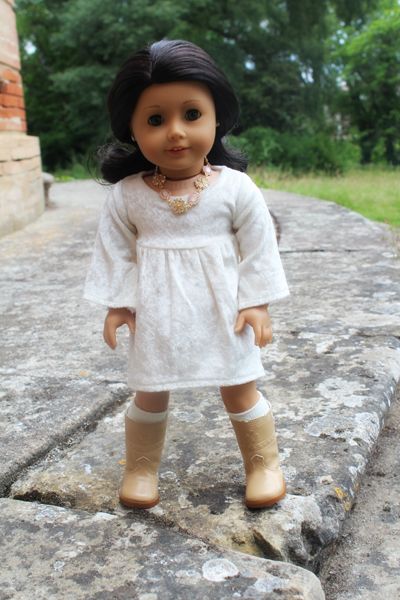Toulouse is one of France's larger cities. It is part of the fourth largest metropolitan area in France, and it is also capital of the région Midi-Pyrénées and the Haute-Garonne department.
Where does our tour of Toulouse begin? The Parc de Reynerie and the château de Reynerie!
The park, created by Guillaume du Barry, is divided into a lower and higher terrace. The château can be found on the higher terrace, which is where I spent most of my time.
\
The staircase leading up to it is even beautiful.
Sadly, I couldn't go inside, so I settled for taking photos outside. If you're as curious about the interior as I was, definitely Google it!
Before leaving, I had my photo taken with Traveling Josefina.
Here's a photo from the lower terrace of the park, close to the metro stop;
Where was my next stop? The Capitole de Toulouse!
You can vaguely see it, but on the ground in front of the capital, there is the Occitan cross. It represents Occitania and the ancient province of Languedoc, now the Languedoc Roussillon and Midi-Pyrénées regions. (Languedoc= langue d'oc= Occitan language).
Close-up of the main entrance:
Here's what it looks like from the back:
After photographing the Place du Capitole, I headed over to Pont Neuf de Toulouse. This stone bridge, completed in 1632, is unique and known for its asymmetrical features. It crosses the Garonne River, which flows into the Atlantic Ocean at Bordeaux.
I walked a little ways to the nearest B line metro stop and headed over to the Compans Cafferelli quartier to visit our next stop: le jardin japonais de Toulouse. This garden, inspired by Japan, is newer compared to most things in France. It was completed in 1981. It features Japanese plants, a red bridge, and a "pagoda".
To end the day, I had a photo taken with Traveling Josefina in the non-Japanese portion of the park.
That concludes my tour of Toulouse in a day. There was a lot more I could've covered, but I chose my favorite things. I just love walking in unique parks and gardens; do you?
Bisous,
Aurélie












































